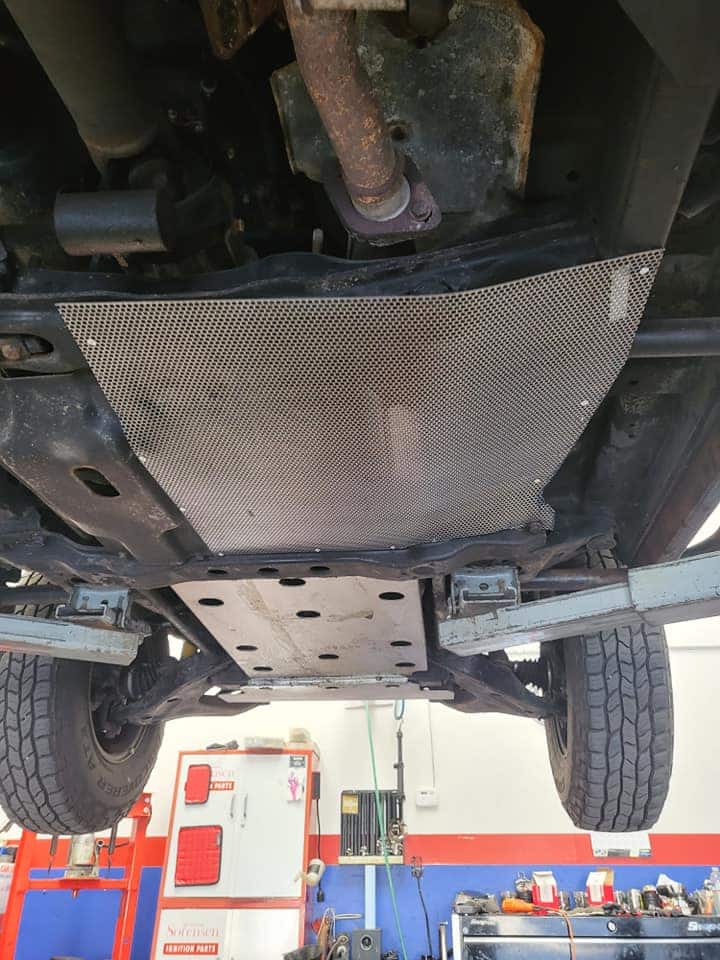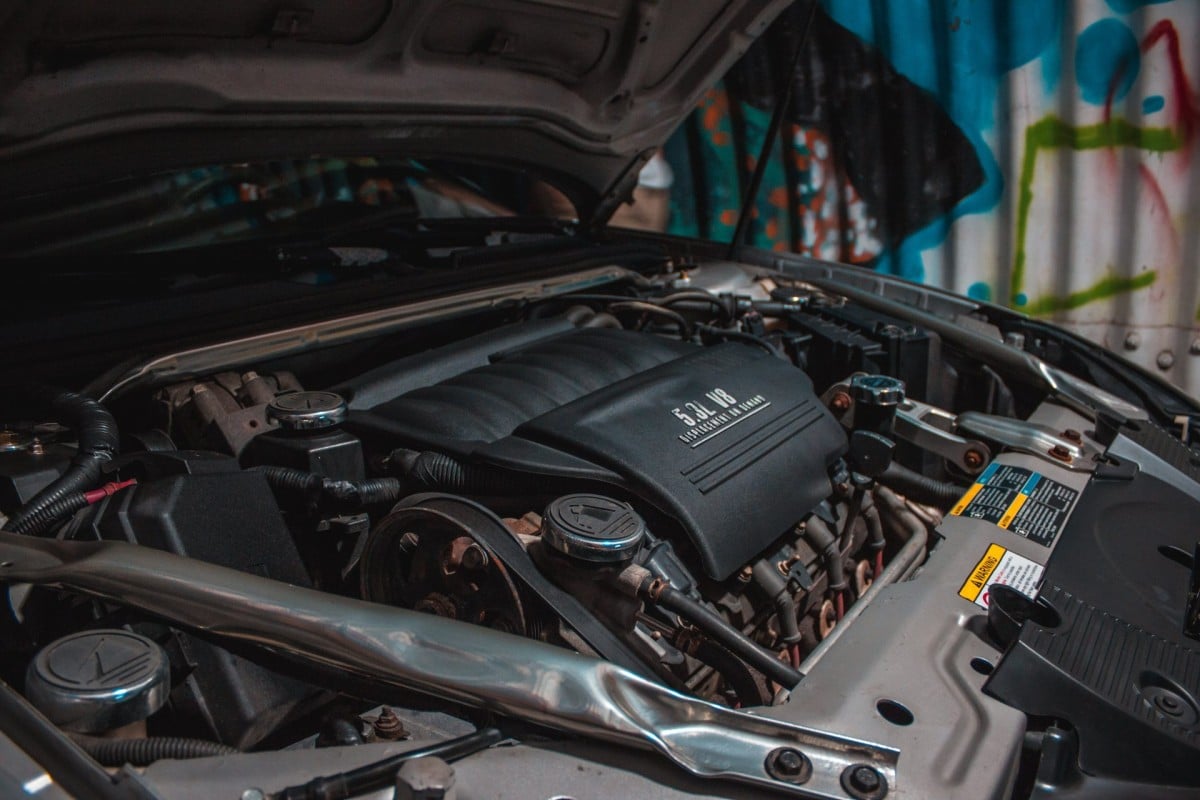The whole idea of transmission fluid might seem like a mystery to many. Yet, the health of your car's transmission system depends on it. So, what exactly is transmission fluid, its types, and why does it matter so much? Let's dig in, shall we?
What is Transmission Fluid?
Simply put, transmission fluid is the lubricant for all the moving parts inside your car's transmission. In automatic transmissions, it also acts as a coolant and transmits power from the engine to the transmission. In other words, without transmission fluid, your car isn't going anywhere.
The Different Types of Transmission Fluid
But not all transmission fluids are created equal. There are several types, each designed for specific types of transmissions.
Dexron/Mercon is the most common type of transmission fluid on the market. It's used in almost all cars that have automatic transmissions, as well as some manual transmissions. Dexron/Mercon fluid has excellent anti-wear properties.
Type F is a specific type of fluid used mostly in vintage cars from the 1970s or before. It's designed to give better clutch operation and provide smoother shifting.
Hypoid Gear Oil is used in manual transmissions. It's thicker than Dexron/Mercon and Type F, providing better lubrication for the gears.
Synthetic Fluid is a high-performance fluid used in many luxury and high-performance cars. It provides the best protection against wear and tear, and it also works better at extreme temperatures.
Why Does the Type of Transmission Fluid Matter?
The type of transmission fluid you use matters because using the wrong fluid can cause your transmission to fail. For instance, if you were to put Hypoid Gear Oil in a transmission that requires Dexron/Mercon, the transmission might not be properly lubricated and could fail prematurely.
Checking and Changing Your Transmission Fluid
It's important to check your transmission fluid regularly, and change it according to the manufacturer's recommendation. Usually, this is every 30,000 to 60,000 miles, but it can vary depending on your driving habits and the type of fluid your car uses.
To check your transmission fluid, start your vehicle and let it run for a few minutes to warm up the fluid. Then, with the engine still running, pull out the transmission dipstick, wipe it off, reinsert it, and pull it out again to check the fluid level and color. The fluid should be a clear, bright red. If it's dark or has a burnt smell, it needs to be changed.
Now, you might be thinking, “I'm not a mechanic, this sounds complicated!” But don't worry, that's where we come in. At Sartorial Auto Repairs, we offer top-notch transmission services for all vehicle types. We'll make sure your car is running smoothly and efficiently with the right type of transmission fluid. Give us a call today to schedule your next service appointment.












